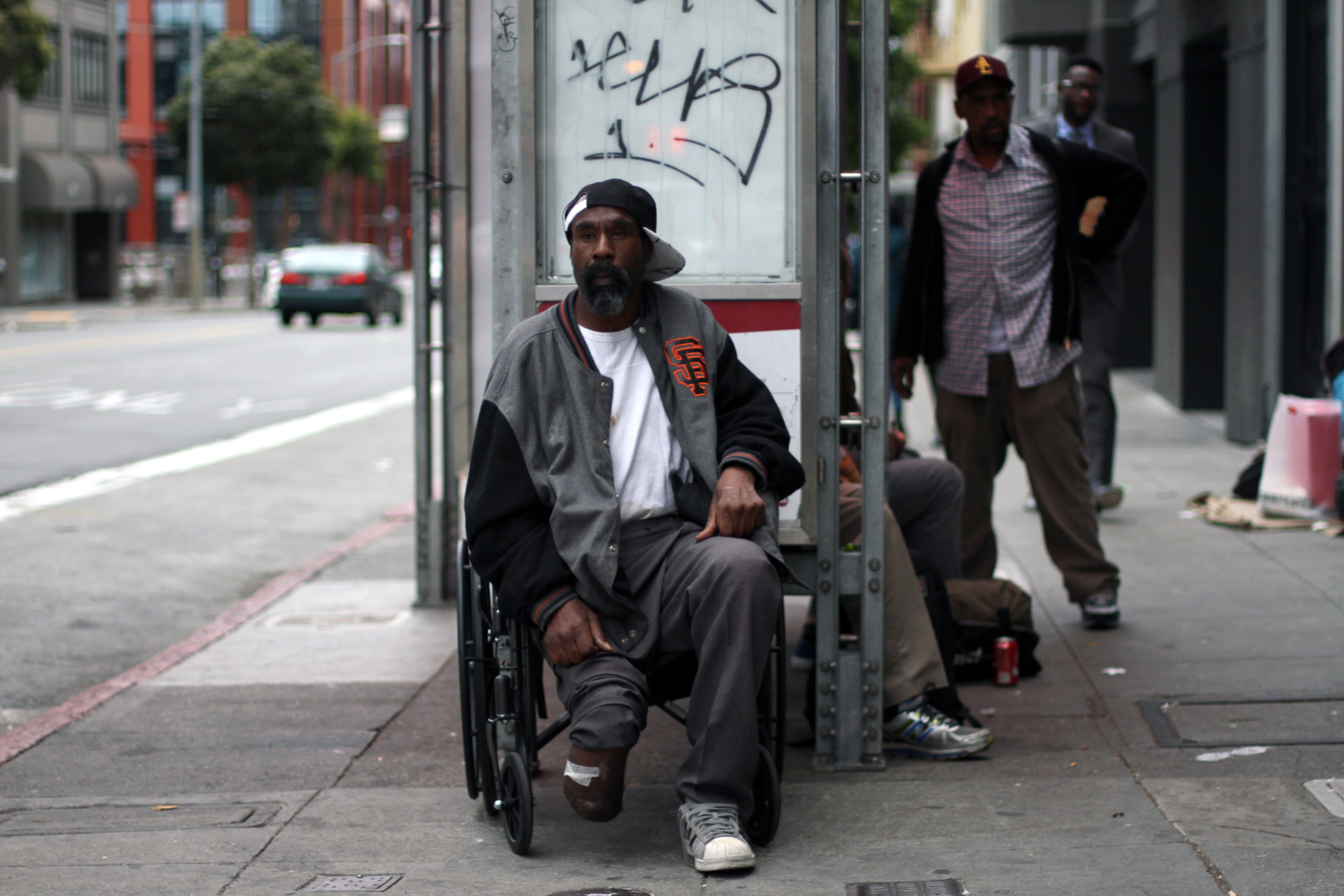
Photography by Phoebe Heaton / Text by Keith A. Spencer
The greatest power of the photograph is its ability to pause time. Things that we would not dare stare at for more than a fleeting moment are made still by the shutter — frozen in a moment, forever, compelling us to return to them again and again.
Homelessness is a crisis that needs to be frozen. It is something that is always fleeting from our perception. We look for a second, drop a coin or look away, and then we forget. We step over a body lying prostrate on the sidewalk. We experience moments of remorse or empathy, and then return to our routines.
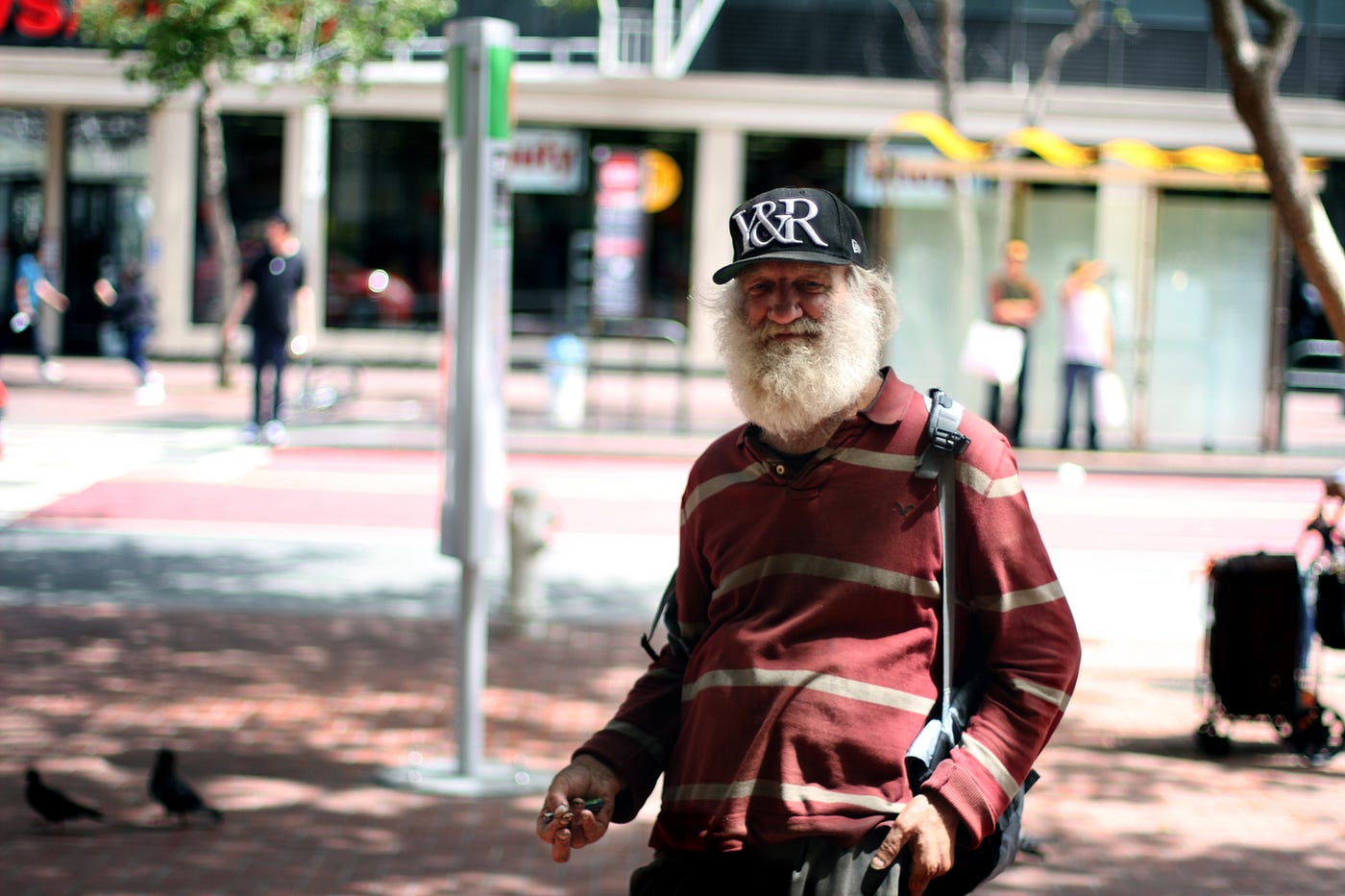
“The way that most homeless people live on the streets shocks and saddens me. But what I think is even more scary is that, having worked in SOMA for almost a year, I am accustomed to seeing poverty and drug and alcohol abuse on the streets at 10:00 a.m. on a Monday.”
— Phoebe Heaton, photographer
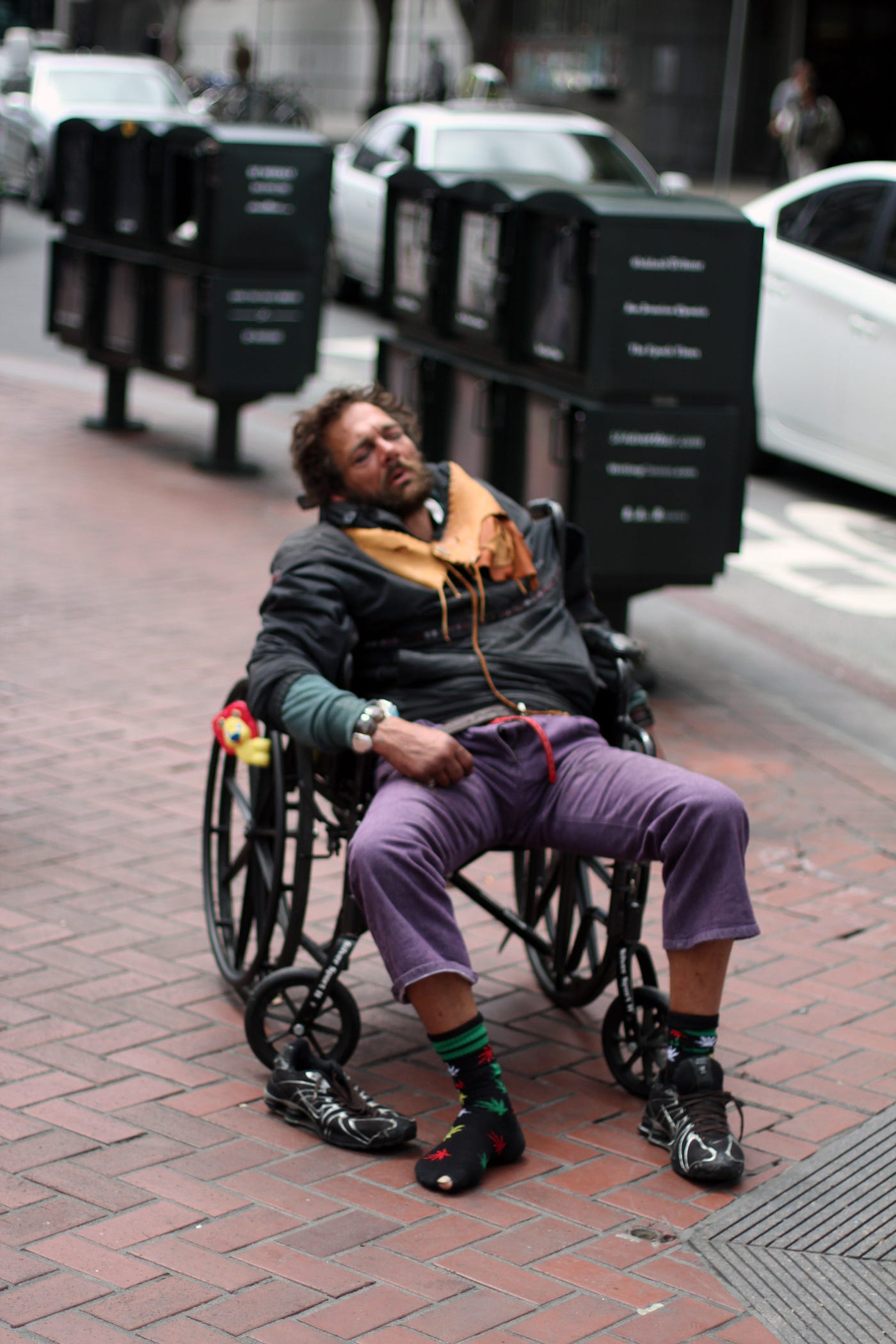
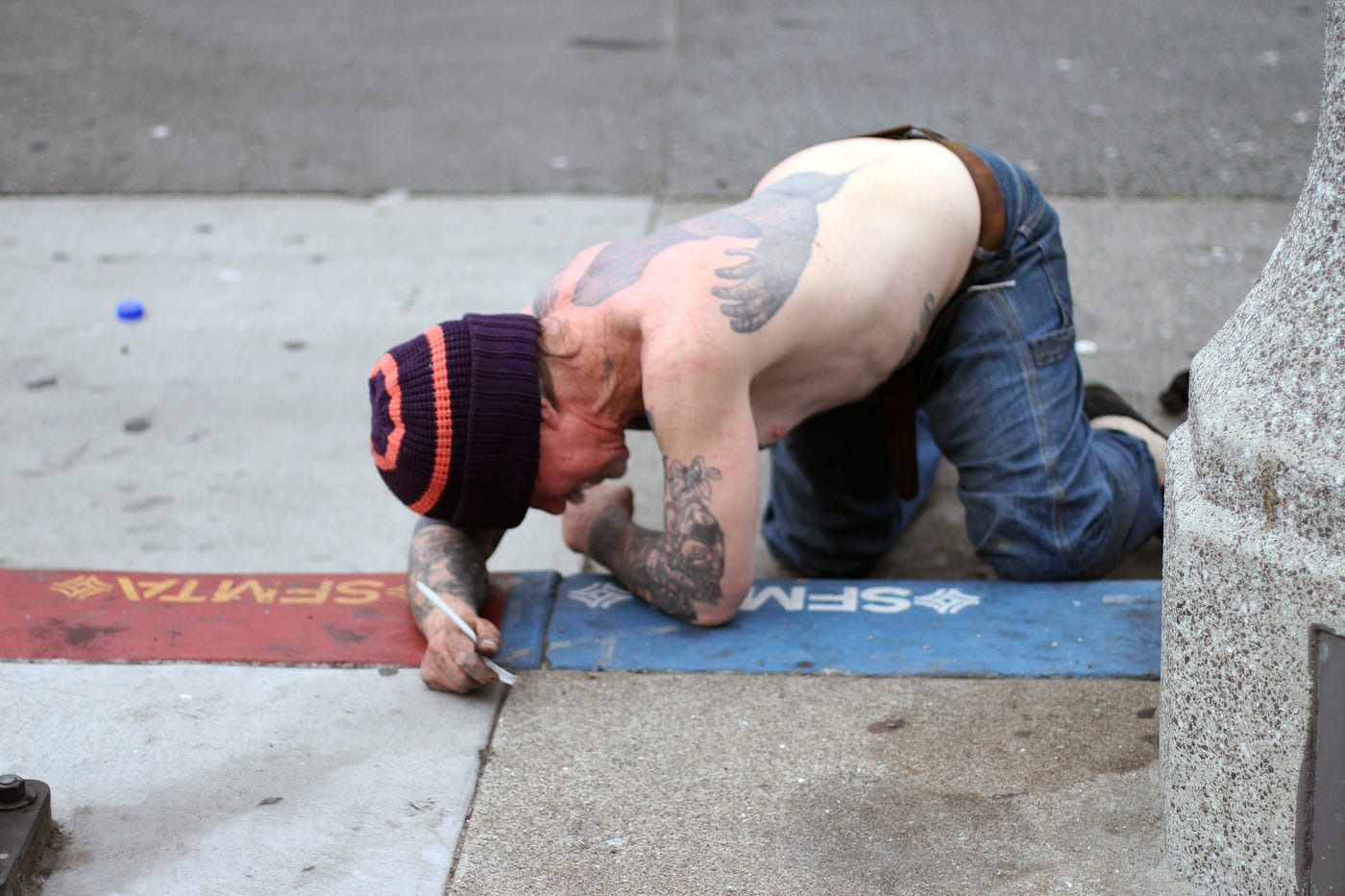
How is one of the wealthiest regions in the world incapable of providing the most basic human right to its constituents? Why are billion-dollar companies coddled by our politicians, while the neediest go without shelter?
The status quo is not how it is because of malice or ignorance. It is a matter of organizing. We live in a democracy. These things can change if enough of us stand up and demand that they do.
But they won’t change if we look away.
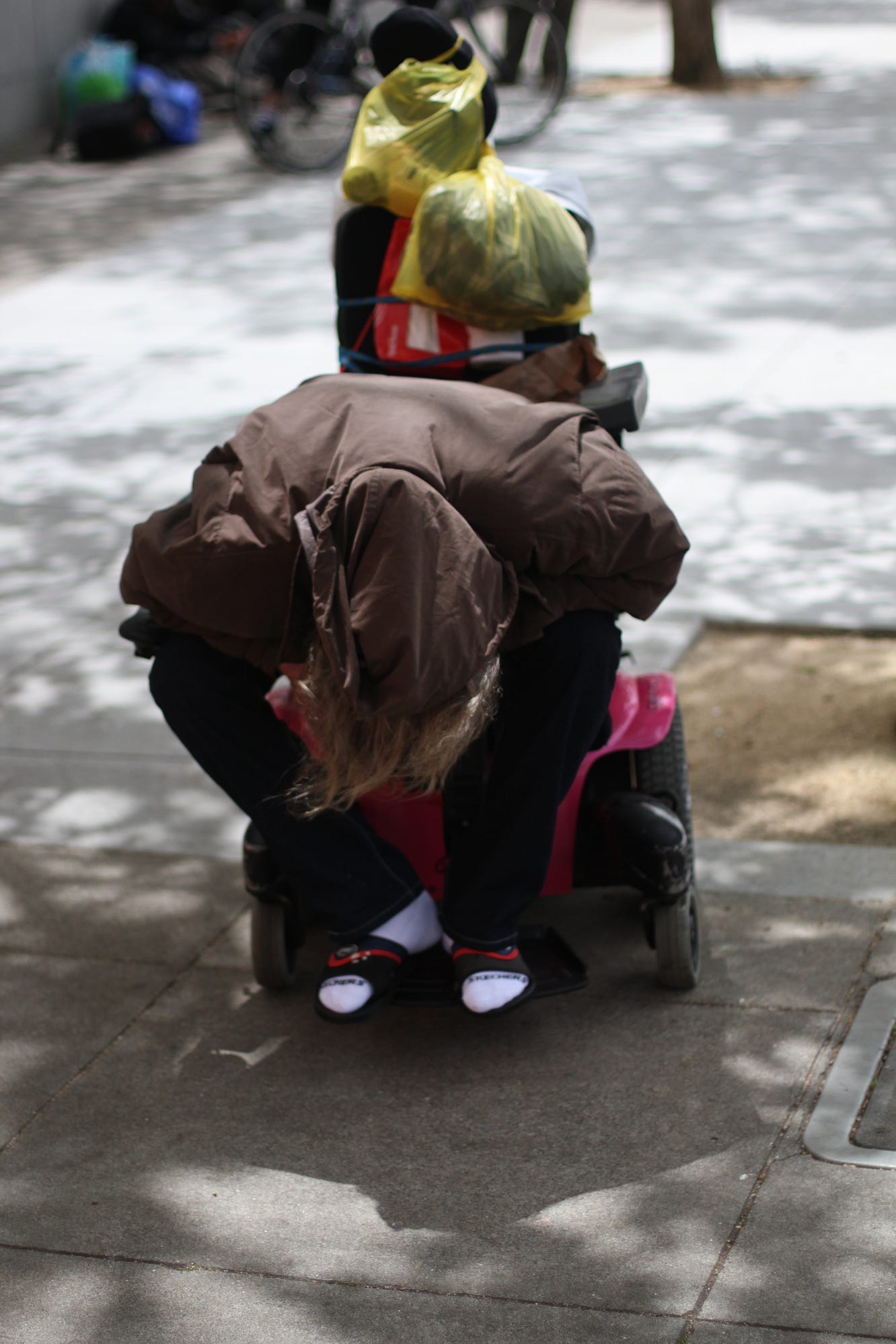

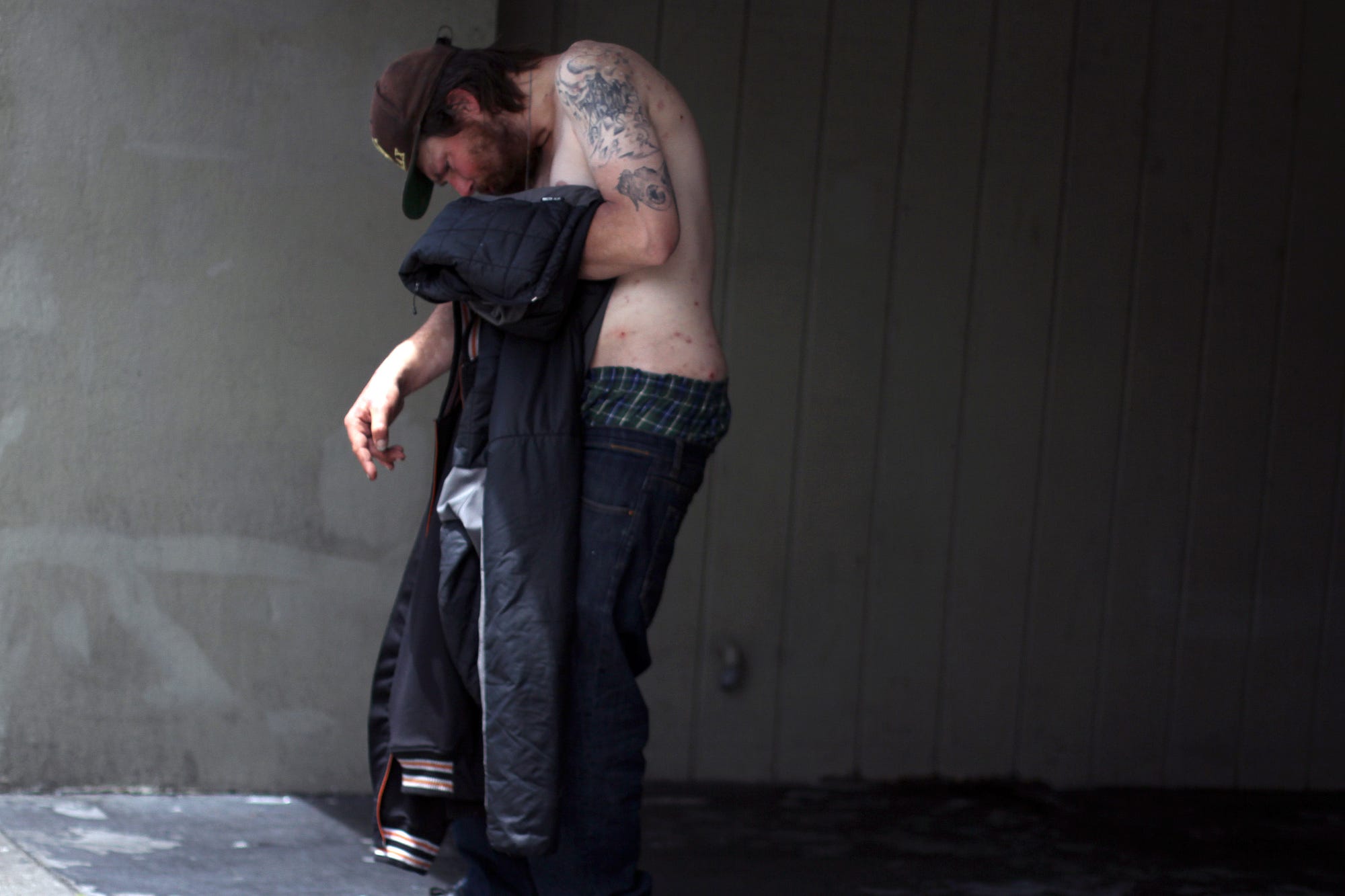
Photography captures those people whom we can see — those who live exposed lives in the public eye. But what about those who don’t? Thousands of homeless people in San Francisco are single mothers, most of whom choose to live on friends’ couches and in shelters rather than subject their children to the unprotected terror of the street. Many of them are victims of domestic violence.
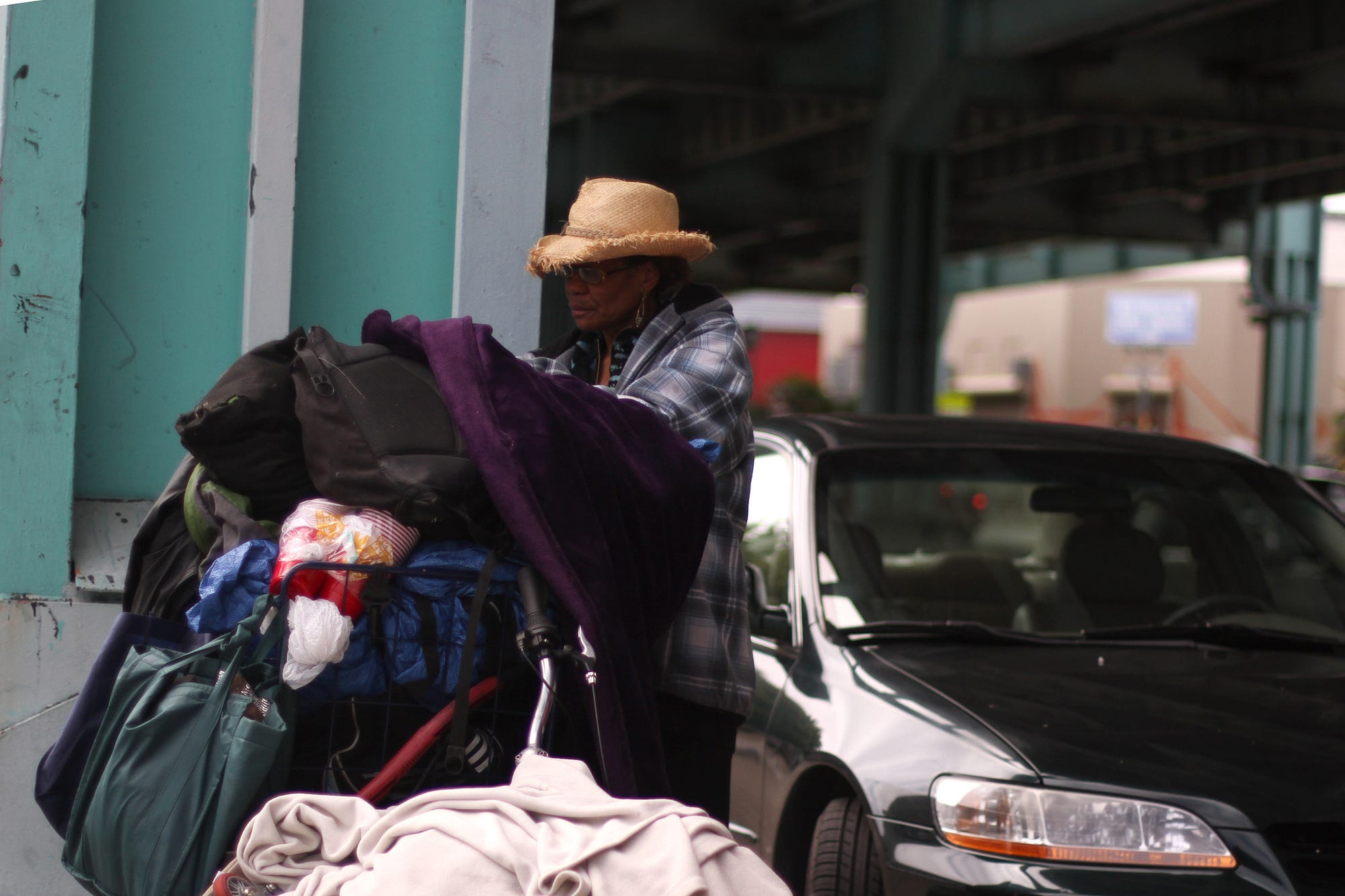
Gentrification is often understood as a process of residential circulation, whereby different classes replace each other in a stairlike pattern toward wealth.What we don’t consider is how gentrification causes violence. In rapidly gentrifying housing markets, women (and their children) are more likely to stay in abusive relationships, fearful of being cast out onto the street if they leave.
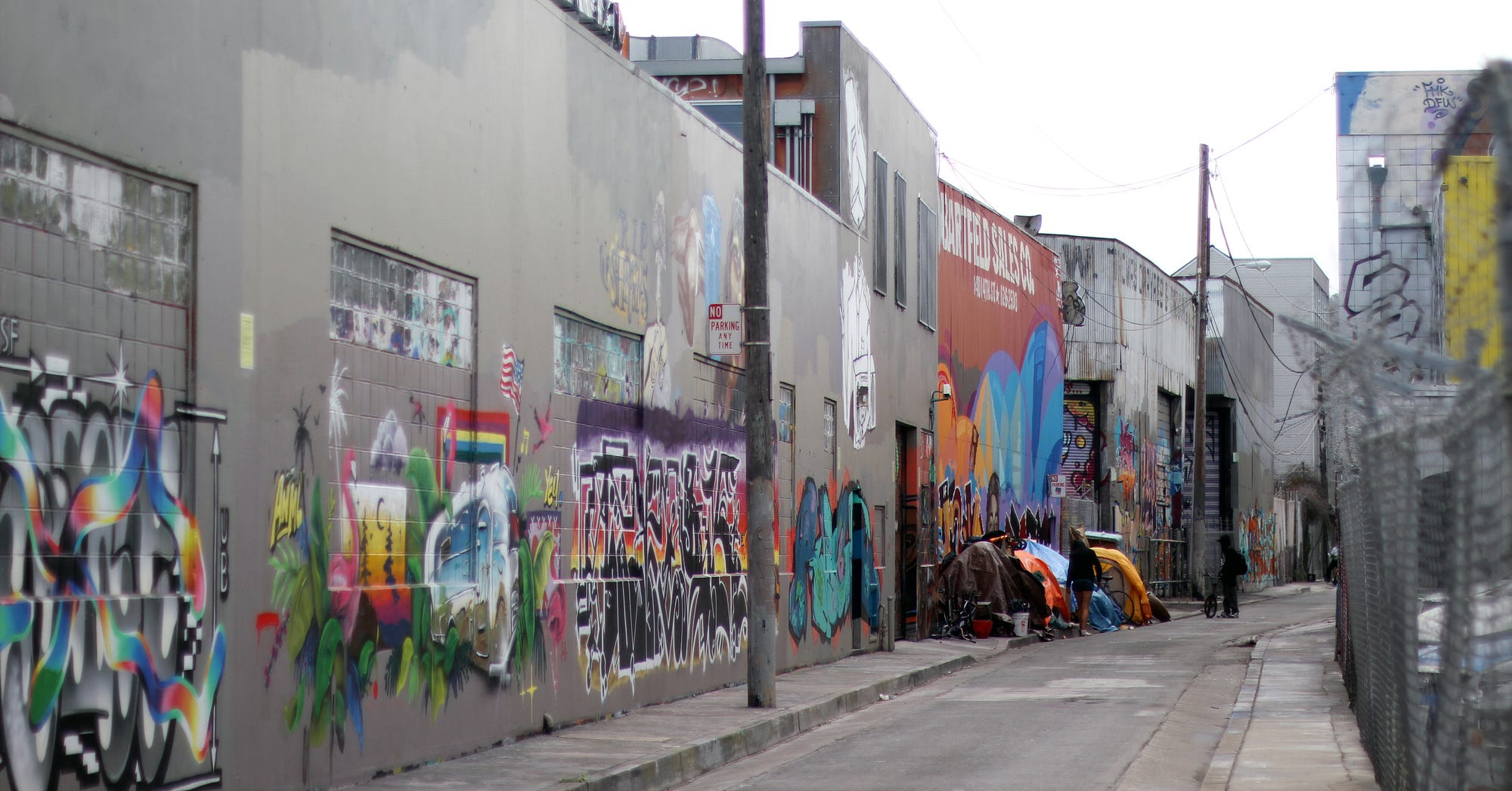

If you refuse to be shocked by the faces, maybe you’ll be shocked by the numbers. As of 2014, income inequality in the Bay Area was similar to that of developing nations. Homeless youth have mortality rates that are 10 times as high as that of their non-homeless peers.
We have become a Dickensian city of the rich and the poor, the haves and the have-nots. The rosy tech-industry futurists—who e-sermonize about techno-utopianist, app-delivered tomorrows—preach a façade.For all the rhetoric of technological “disruption,” the main disruption so far is to our social fabric.
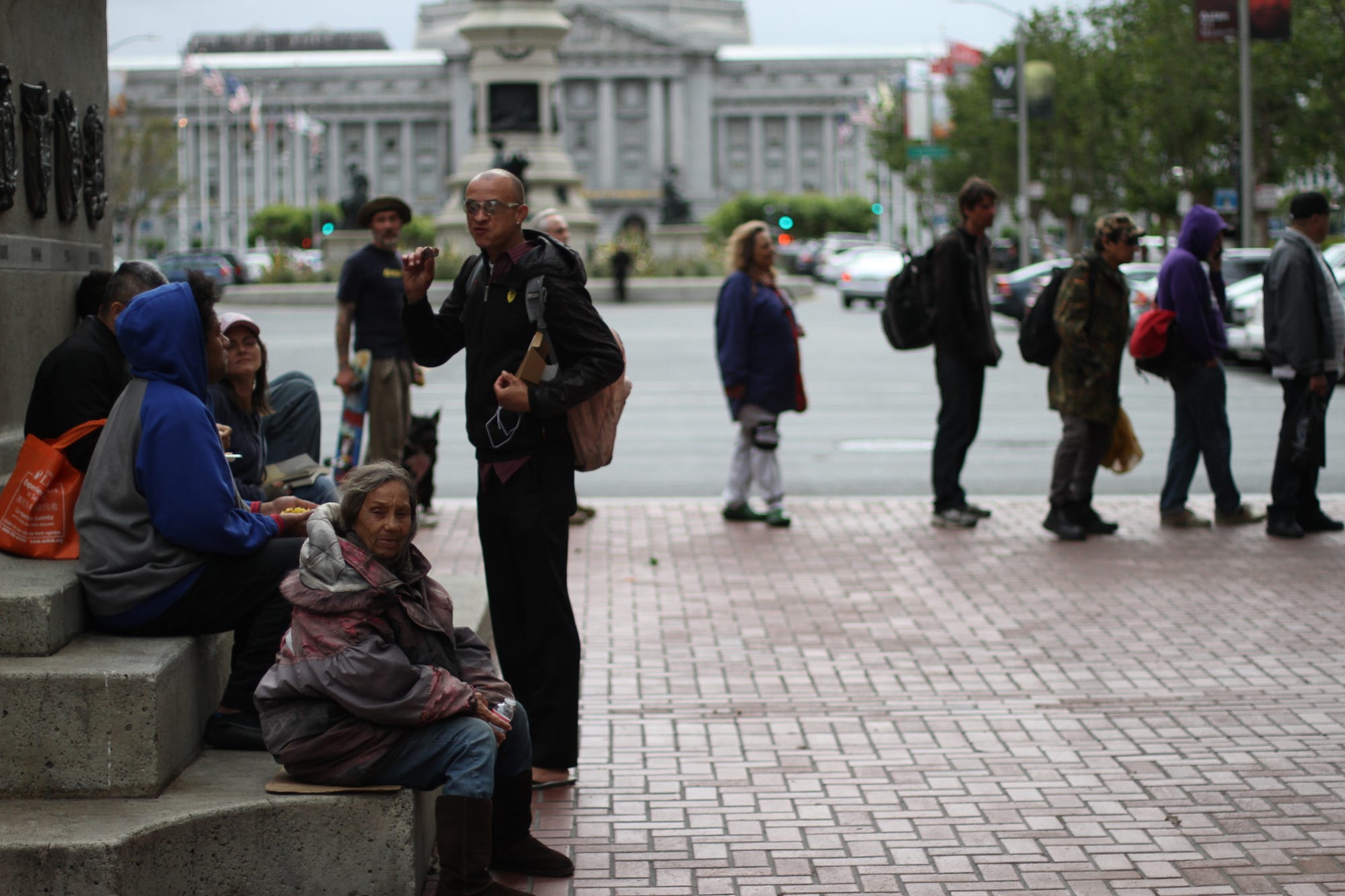
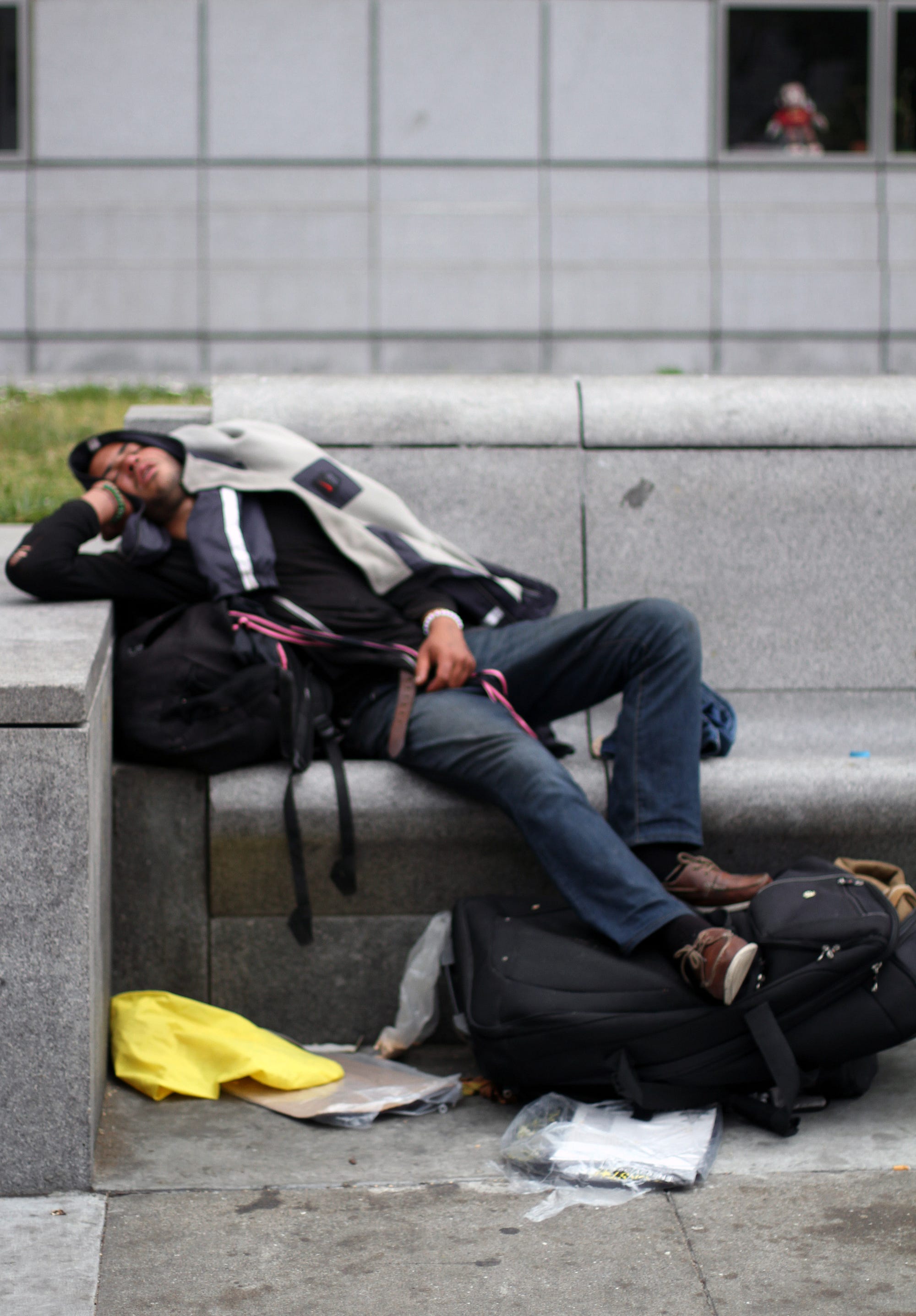


We have a choice, though. We can keep looking away. We can stay numb and let things decay further. Or we can freeze. We can demand housing for everyone. We can demand that we live in a world where everyone is entitled to the most basic human need — that of safe shelter. What future do you want? It’s ours to decide.







